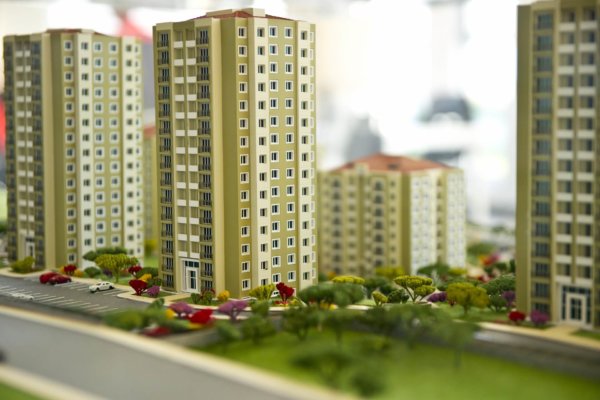How Your Home’s Foundation Affects Heating and Cooling Costs

Many homeowners today are very mindful of keeping the energy consumption of their houses low. Efficient energy management is now a key factor for people who are buying household appliances.
Homeowners are always on the lookout for things they can change within the home to improve its energy use. But what most owners do not realize is that a building’s energy efficiency does not begin with its windows, doors and walls. The underlying causes of a home’s energy issues often lie beneath the owner’s feet–literally.
When looking for sources of energy leaks within a building, the assumed culprit is usually the HVAC system. The majority of homeowners do not understand that many of the problems they attribute to faulty HVAC instead emanate from the building’s foundation.
The substructure of a house plays a far greater role in its energy conservation than the electronic devices within the home. Before a homeowner has chosen an energy management strategy for their building, the home’s foundation has determined whether the said plan will fail or succeed.
A building’s foundation is so significant that the rest of the structure will inherit any flaws within the foundation. This is why this part of the house is called foundation; everything depends on it. Different types of foundation – basement, slab, crawl space, or any other – will affect a home’s cooling and heating in different ways, explains Granite Foundation Repair in Arlington.
Because of how central foundations are, architects now use advanced techniques when designing a property’s substructure. Some of these new energy-efficient methods include air sealing, thermal envelopes and super-efficient insulation.
However, these are mostly used in new building constructions. Since most owners cannot go back and change their building’s foundations, there must be other things they can do to improve energy use.

Owners can make sure their building’s foundation is not combating their attempts to achieve energy efficiency. A damaged foundation will interfere with owners’ attempts to improve energy use.
If the foundation is damaged, it will not only pose a risk to the structural integrity of the building, it will inflate its energy bill. How do building foundations do this? And how can homeowners detect the problem?
Building envelopes and a home’s foundation
The home’s building envelope is critical to its energy efficiency. The building envelope describes how a house permits or restricts the movement of air in and out of the structure. The type of building envelope used in a property depends on the climate where the building is located.
Building envelopes may be tight or loose. Loose envelopes allow air to move freely, but tight envelopes restrict the movement of air. Most American homes use a tight envelope; exterior walls, insulation, moisture and air barriers of the house, for example, are designed to prevent air leaks.
However, the most important factor for a building’s capacity to seal itself is its foundation. A damaged foundation opens gaps in a building’s energy seal, which allows air to leak out. This causes draughts inside the building, loss of cooled or warmed air, and discomfort for those inside the home.
These problems are usually present in buildings where the foundation is either crumbling or sloping. Moreover, increasing the work rate of the AC or heating system will not solve the issues. Instead, it will overwork and eventually damage those appliances.
Sloping foundations and unbalanced HVAC system
In any home where there are ubiquitous gaps between door jambs and the floor, the cause is often a sloping foundation. This problem is more common in houses with brick and stone foundations since those are more susceptible to collapse and cracking. Gaps between the floor and door jamb may also result from unleveled floors.

If there are gaps around windowsills too, it’s a good idea to inspect the building’s foundation. Additional signs of possible foundation problems are cracks in walls and flooring or doors that refuse to stay shut. A sloping foundation can throw the HVAC system out of balance by causing ducts to separate.
All these problems will break a building’s energy seal and make HVAC systems overwork and underperform. One other sign of a foundation problem is when below-ground rooms cannot be kept comfortable all year-round. This particular issue is caused by inadequate or inefficient foundation insulation.
Below-ground rooms that are incapable of trapping heat or cold will transfer their inefficiency to the rest of the building. This will exhaust the home’s heating and cooling systems; they will use up more energy without improvements in heating or cooling.
Finally, this is not to say that choosing the right electronic appliances and adopting energy-friendly lifestyles aren’t important. Homeowners should continue to invest in higher energy-rated systems that can cut their annual heating and cooling costs.
However, it should not become the basis of their energy management approach. Instead, homeowners should adopt a well-rounded strategy that attacks the issue from the roots; the roots being the foundation of their building.

